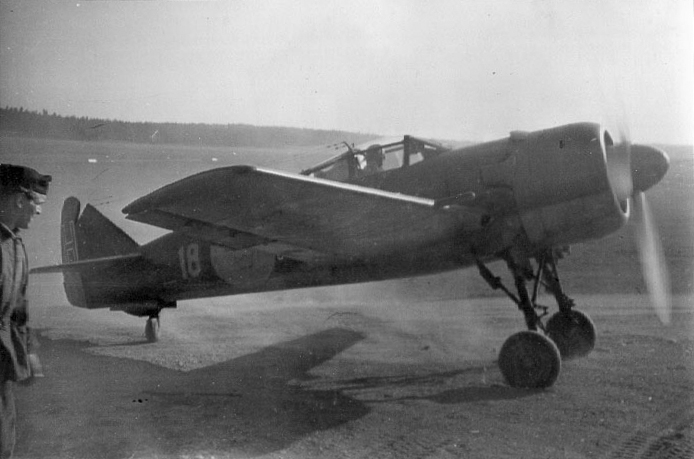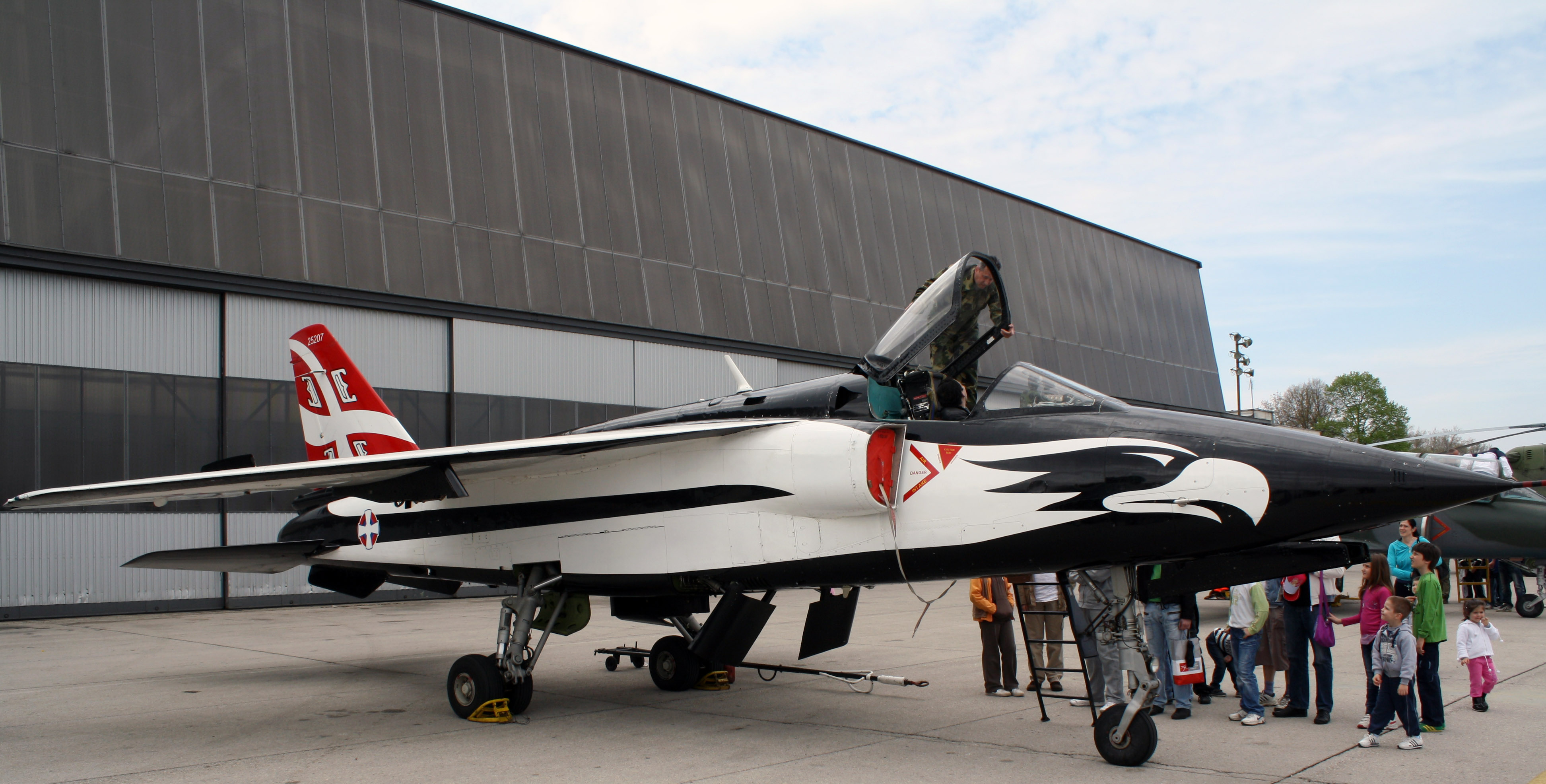|
J 22
J22 may refer to: Vehicles Aircraft * FFVS J 22, Swedish fighter * Junkers J 22, a German prototype fighter * Soko J-22 Orao, a Yugoslavian light bomber Locomotives * GNR Class J22, a British steam locomotive class Ships and boats * J/22, a keelboat * , a ''Halcyon''-class minesweeper of the Royal Navy * , an ''Östergötland''-class destroyer of the Swedish Navy * , a ''Sandhayak''-class survey ship of the Indian Navy Other uses * County Route J22 (California) There are 45 routes assigned to the "J" zone of the California Route Marker Program, which designates county routes in California. The "J" zone includes county highways in Alameda, Calaveras, Contra Costa, Fresno, Kern, Inyo, Mariposa, Merced ... * Gyroelongated triangular cupola, a Johnson solid (J22) * Jennings J-22, a pistol {{Letter-NumberCombDisambig ... [...More Info...] [...Related Items...] OR: [Wikipedia] [Google] [Baidu] |
FFVS J 22
The FFVS J 22 was a Swedish single-engine fighter aircraft developed for the Swedish Air Force during World War II. Development At the onset of World War II, the Swedish Air Force (''Flygvapnet'') was equipped with largely obsolete Gloster Gladiator (J 8) biplane fighters. To augment this, Sweden ordered 120 Seversky P-35 (J 9) and 144 P-66 Vanguard (J 10) aircraft from the United States. However, on 18 June 1940 after the German occupation of Norway, the United States declared an embargo against exporting weapons to any nation other than Great Britain. As the result, ''Flygvapnet'' suddenly faced a shortage of modern fighters. Several other foreign alternatives were considered: the Finnish VL Myrsky and Soviet Polikarpov I-16 were unsatisfactory, and while the Mitsubishi A6M or Aichi D3A was available, delivery from Japan was impractical. A batch of Fiat CR.42 Falco (J 11) biplanes and Reggiane Re.2000 ''Falco'' (J 20) were eventually purchased but this was clearly an interim s ... [...More Info...] [...Related Items...] OR: [Wikipedia] [Google] [Baidu] |
Junkers J 22
Junkers Flugzeug- und Motorenwerke AG (JFM, earlier JCO or JKO in World War I, English: Junkers Aircraft and Motor Works) more commonly Junkers , was a major German aircraft and aircraft engine manufacturer. It was founded there in Dessau, Germany, in 1895 by Hugo Junkers, initially manufacturing boilers and radiators. During World War I and following the war, the company became famous for its pioneering all-metal aircraft. During World War II the company produced the German army's Luftwaffe planes, as well as piston and jet aircraft engines, albeit in the absence of its founder, who had been removed by the Nazis in 1934. History Early inter-war period In the immediate post-war era, Junkers used their J8 layout as the basis for the F-13, first flown on 25 June 1919 and certified airworthy in July of the same year. This four passenger monoplane was the world's first all-metal airliner. Of note, in addition to significant European sales, some twenty-five of these airplanes w ... [...More Info...] [...Related Items...] OR: [Wikipedia] [Google] [Baidu] |
Soko J-22 Orao
The Soko J-22 Orao ( sr-cyr, text=Oрао, translation=eagle) is a Yugoslav twin-engined, subsonic ground-attack and aerial reconnaissance aircraft. It was developed and built in collaboration by SOKO in Yugoslavia and by Avioane Craiova in neighbouring Romania, being known in the latter as the IAR-93 Vultur. The Orao was designed as either a single-seat main attack version or as a combat-capable twin-seat version, the latter being principally intended for advanced flight- and weapons-training duties. It was developed as a joint Yugoslav-Romanian project, known as YuRom, during the 1970s. Early ambitions to produce a supersonic fighter were scuppered by Britain's unwillingness to permit the desired engine to be license-produced in Eastern Europe. Further difficulties in fitting an afterburner to the older Rolls-Royce Viper also hindered development and the performance of early-build aircraft. First flying during November 1974, the resulting aircraft would equip the air forc ... [...More Info...] [...Related Items...] OR: [Wikipedia] [Google] [Baidu] |
GNR Class J22
The Great Northern Railway 521 Class was a class of 0-6-0 steam locomotives, introduced in 1911. They were designed by Henry Ivatt for goods traffic. From 1912 to 1922 further examples, slightly modified by Nigel Gresley, were built and designated 536 Class. The most obvious difference was in the front sandboxes. These were below the running plate on the 521 but above it, and merged with the front splashers, on the 536. The boiler and firebox were also moved back, thus resulting in a shortened cab. The London and North Eastern Railway classified them both as J6. Initially, there was to be 120 members of this class. However, an order of ten was canceled so that Doncaster Works could build ten of Gresley's N2 Class 0-6-2 Tanks, which shared the same cylinders, boilers, valve gear, and piston valves as the J6s. The J6s had superheaters and piston valves operated by Stephenson valve gear. The class earned the nickname "Knick-Knacks" due to the sound made by the locomot ... [...More Info...] [...Related Items...] OR: [Wikipedia] [Google] [Baidu] |
J/22
The J/22 is an American trailerable sailboat that was designed by Rod Johnstone as a one-design racer and first built in 1983.Sherwood, Richard M.: ''A Field Guide to Sailboats of North America, Second Edition'', pages 118-119. Houghton Mifflin Company, 1994. Henkel, Steve: ''The Sailor's Book of Small Cruising Sailboats'', page 179. International Marine/McGraw-Hill, 2010. Production The design was initially built under contract by Tillotson Pearson for J/Boats of Newport, Rhode Island, United States, starting in 1983. It was later built by Waterline Systems in Portsmouth, Rhode Island, but that company had ceased production by 2017. Design The J/22 is a recreational keelboat, built predominantly of fiberglass over a Baltex core, with teak wood trim. It has a fractional sloop rig with aluminum spars, a raked stem, a plumb transom, a transom-hung rudder controlled by a tiller and a fixed fin keel. It displaces and carries of lead ballast. The mainsail and jib are us ... [...More Info...] [...Related Items...] OR: [Wikipedia] [Google] [Baidu] |
County Route J22 (California)
There are 45 routes assigned to the "J" zone of the California Route Marker Program, which designates county routes in California. The "J" zone includes county highways in Alameda, Calaveras, Contra Costa, Fresno, Kern, Inyo, Mariposa, Merced, Sacramento, San Benito, San Joaquin, Stanislaus, and Tulare counties. J1 County Route J1 (CR J1) is a county highway in San Benito and Fresno counties in the U.S. state of California. It runs from State Route 25 in Paicines to State Route 33 in Mendota. The route is known as Panoche Road, Little Panoche Road, Shields Avenue, Fairfax Avenue, and Belmont Avenue. The route begins in Paicines in San Benito County at State Route 25. Between Paicines and Panoche Valley, CR J1 is known as ''Panoche Road''. Its north–south portion between Panoche Valley and Fresno County is called ''Little Panoche Road''. In Fresno County, the route then intersects with Interstate 5 and terminates in Mendota at State Route 33 near State ... [...More Info...] [...Related Items...] OR: [Wikipedia] [Google] [Baidu] |
Gyroelongated Triangular Cupola
In geometry, the gyroelongated triangular cupola is one of the Johnson solids (''J''22). It can be constructed by attaching a hexagonal antiprism to the base of a triangular cupola (''J''3). This is called "gyroelongation", which means that an antiprism is joined to the base of a solid, or between the bases of more than one solid. The gyroelongated triangular cupola can also be seen as a gyroelongated triangular bicupola (''J''44) with one triangular cupola removed. Like all cupolae, the base (geometry), base polygon has twice as many sides as the top (in this case, the bottom polygon is a hexagon because the top is a triangle). Formulae The following formulae for volume and surface area can be used if all face (geometry), faces are regular polygon, regular, with edge length ''a'':Stephen Wolfram,Gyroelongated triangular cupola from Wolfram Alpha. Retrieved July 22, 2010. :V=\left(\frac\sqrt\right)a^3\approx3.51605...a^3 :A=\left(3+\frac\right)a^2\approx12.5263...a^2 Dual ... [...More Info...] [...Related Items...] OR: [Wikipedia] [Google] [Baidu] |




